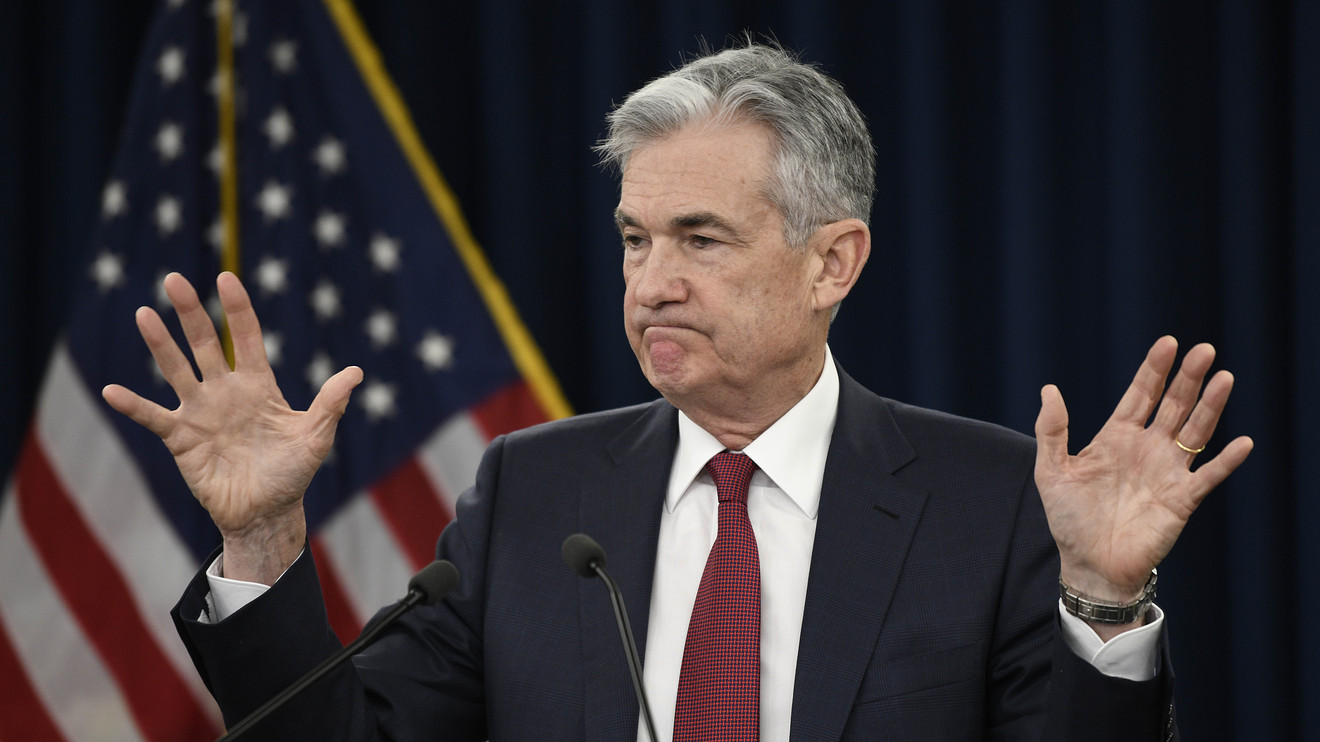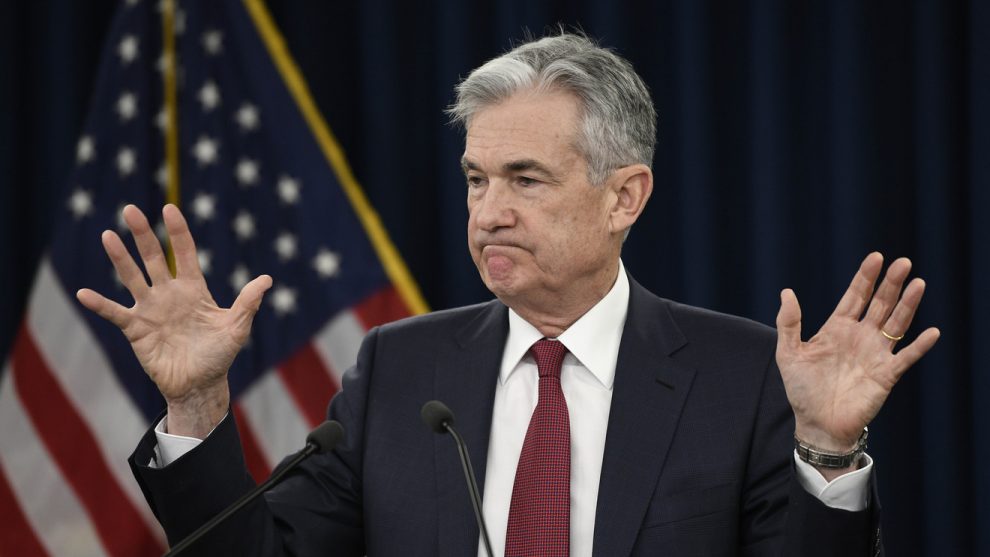
Five months ago, the Federal Reserve invoked “patience” to talk the stock market off the ledge. In the intervening months, that patience has been tested by a downshift in economic growth, both here and abroad; chronic, below-target inflation; and signs that a trade war is hurting business confidence.
When the Fed meets this week on Tuesday and Wednesday, market participants will be listening closely to learn what it would take to try the Fed’s patience and force policy makers to lower interest rates. Don’t hold your breath waiting for any kind of definitive answer, no less any outright action.
Fed Chairman Jerome Powell already laid the ground work with assurances that the Fed is prepared to act to offset the effects of a trade war and slowing global growth.
In terms of the taboo against surprising markets, what’s so bad about a good surprise? Isn’t a surprise an effective way to get the biggest bang for one’s buck?
“We are closely monitoring the implications of these developments for the U.S. economic outlook and, as always, we will act as appropriate to sustain the expansion,” Powell said in opening remarks at the June 4-5 Conference on Monetary Policy Strategy, Tools and Communications Practices.
In other words, whatever it takes at a time to be determined.
Why not take out some insurance and pull the trigger now? After all, the yield curve has been inverted for almost a month: a long, leading indicator of recession. Long-term market rates have been falling spontaneously, without leadership from the Fed, a sure sign that policy is too tight.
The yield on the 10-year Treasury note has plunged 115 basis points since November, even as the Fed was still raising rates in December. That is not a bullish omen.
A rate cut this week is an unlikely outcome, not because the Fed would risk surprising the market — one popular excuse for not acting preemptively — but because most policy makers think the economy is “in a good place,” as Fed Vice Chairman Richard Clarida said recently.
What’s more, they are reluctant to front-run the G-20 meeting later this month and the remote possibility of a resolution of the U.S.-China trade war. And, of course, there was Friday’s better-than-expected news on retail sales and industrial production to remove any sense of urgency.
In terms of the taboo against surprising markets, what’s so bad about a good surprise? Isn’t a surprise an effective way to get the biggest bang for one’s buck? Does everything have to be spelled out and priced into financial markets a priori? The fed funds futures market sees an 86% probability of a rate cut in July, so a June move wouldn’t be a complete shock.
It’s hard to remember that before 1994, even actual adjustments in the Fed’s benchmark rate weren’t announced at the time they were implemented. It was left to an extinct species known as “Fed watcher” to analyze the scale of the Fed’s open market operations, or the supply of reserves, in the context of the banking system’s estimated demand for reserves. Archaic, I know, but that was how it was done.
Transparency is almost always a good policy, with a few exceptions. (One that comes to mind is spy craft.) For central banks, that means having clearly defined goals or mandates and outlining their reaction function, something that the Fed has yet to clarify except in vague terms.
And for good reason. As former Fed Vice Chairman Stanley Fischer explained it back in 2013: “You can’t expect the Fed to spell out what it’s going to do. Why? Because it doesn’t know.”
Indications of future actions are “conditional and nuanced,” he said, allowing for flexibility in the implementation of policy.
The Fed should focus on doing the right thing at the right time, even if it means forgoing advance preparation. Nor should policy makers refrain from cutting rates for fear of appearing political in the face of President Donald Trump’s increasingly frequent criticism of the Fed.
The benchmark interest rate is a blunt instrument, as the Fed is wont to say. It was both blunt and inadequate during the financial crisis, and policy makers are rightly concerned about having alternative tools if and when (more likely) the next downturn threatens with interest rates — nominal, real and neutral — already so low. That is why some have advised an immediate rate cut as an insurance policy before economic growth threatens to turn negative.
Alas, the Fed is committed to dotting all the i’s and crossing all the t’s and getting financial markets to sign on to any change in interest rates before implementing one. Right now, they are fully on board with expectations of multiple rate cuts by year-end.
As for now, if you were holding out hope for any action from the Fed this week, you will have to settle for talk.
Caroline Baum is a MarketWatch columnist.











Add Comment